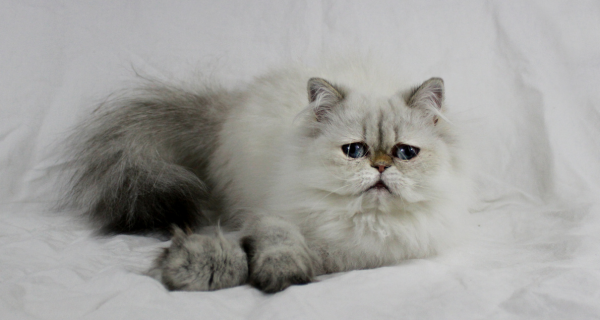

Brief History
Breeding a Persian with Siamese originally created the Himalayan (Himmie) cat. The name Himalayan came into being because the colour pattern is the same as rabbits and goats found around the Himalayan Mountains. A Long-hair Siamese is actually a Balinese therefore the Himalayan cat is a Persian with the colour pattern of the Siamese. Some other breeds with pointed patterns are Ragdoll, Persian, Birman, Siamese variant breeds such as Balinese and Colour-point Short-hair.
Jennifer Newton-Doyle wrote in the October 2000 edition of the US Cat Fancy Magazine that, “genetic researchers in Sweden in the 1920’s and later Dr. Clyde Keeler at Harvard University in the 1930’s conducted experiments to determine whether the pointed pattern of Siamese could be genetically passed onto a long-haired cat, the Persian.” As the pointed gene is a recessive trait both parents must carry it to produce a Himmie. The Himalayan was later accepted in the US during the mid 1950’s as a new breed whereas in England where it’s referred to as the Colour-point Longhair, it was accepted as a breed in 1955.

Colours and Coats
Colour on a Himalayan refers to the colours of the facial mask and extremities (ears, legs and tail) - otherwise known as point colour. The body colour ranges from shades of white to a cream to a light fawn. The point colour can be with or without the Tabby (Lynx) pattern. In Tabby points the cat has tabby markings on the face, tail and legs with the distinctive “M” on the forehead.
The body ideally should be clear in colour and if any shading then to tone with the point colour although it is remembered that body colour often darkens with age. Mask, ears, legs, paws and tail to be the same colour, although the ears are often slightly darker than the other points.
The modern day physical characteristics of the Himalayan conform to that of the Persian breed in general, as they are short and cobby with deep chests and short legs with very large paws.
They should have broad heads resting on short necks with large blue eyes and short noses. The Himmies beautiful coat or fur can reach at least twelve centimetres.
Colours of Himalayans are Seal point, Seal tabby point, Blue point (bluish grey), Blue tabby point, Blue-cream point, Chocolate point, Chocolate tabby point, Chocolate-Tortie point, Tortie point, Tortie tabby point, Chocolate-Tortie tabby point, Lilac point (pinkish grey), Lilac tabby point, Lilac-Cream point, Red (Flame) point, Red tabby point, Cream point and Cream tabby point. There are also some mixtures of the above colours such as a Seal Tortie Tabby Point Himalayan.
Some of the above colours are also known as dilute colours meaning that the colour is the lighter shading of another such as cream is the dilute of red and so forth. Heather Kutz of Kutzikoo Cattery, Pennsylvania (USA) has specialised over fourteen years in breeding Show Chocolate and Lilac Himalayans and Heather advises that “at birth the coat colour is as white as snow for both Chocolate and Lilac points but as far as point colour goes it does take a few weeks to tell the difference between a lilac point versus a chocolate point unless both parents are lilac points.”
It is also known that the coat grows longer in cooler temperatures as in a constant warm environment the coat will not grow as long as the cat is not be exposed to enough of a trigger or seasonal change to initiate the fur growth. Hormones play a role in coat loss as well, as often an active male stud will lose at least some of his coat during and/or after a mating period. Additionally, they may lose weight but fortunately once females are removed most do return to normal eating routines and regain the lost weight as well as coat.
For the most part show breed standards for Himalayans worldwide are very similar. The Cat Fanciers’ Association (CFA) is the largest association in North America and this breed standard states that the coat should always be long, thick, soft, silky, glossy, fine texture, full of life standing off from the body. Long all over the body, including the shoulders. Ruff immense and continues in a deep frill between the front legs.
Condition
When the condition of a Himalayan is being discussed, it is referring to the state of being of the cat such as its health, both mental and physical. Usually condition will pertain to evaluation of weight, cleanliness, presentation and temperament. Appearance such as being alert, having clear eyes and shiny coat also are aspects of condition. The feel of the cat is taken into consideration such as muscle tone, size and shape of bone structure. Overall condition should mirror the total cat.
Breeding from Colour-point Carriers (CPCs)
Offspring of a Himalayan to a Solid (coloured) Persian will not all be colour-pointed, as some will carry the Himalayan colour-point gene. These cats therefore look like the colouring of Solid Persian cats but are referred to as Colour-point carriers (CPCs). This offspring can be bred to another colour-pointed or CPC cat and produce colour-point offspring. The ratio is 50% of each though in many cases it can throw more than that. If 2 CPCs were mated together the ratio would be 25% Himmies, 50% CPCs and 25% solids not carrying the Himalayan gene at all. Colour-point carriers can come in any colour including white.
When Himmie kittens are born they are all one shade and it takes several days to weeks of waiting before the coloured points come in and clearly present themselves. Some of the colours are more easily identifiable. For example, there can be a hot or dark cream point but if it came from a cream point to cream point mating (two dilutes) then the offspring can only produce cream point whereas two reds can produce red and cream – either pointed or CPC in all instances.
Personality
The Himalayan has a charming personality. They like to play and are active but they also like their lap and cuddling time. I consider Himalayans to be indoors only pets however they can be trained on lead as well. The Himalayan could easily be voted as the best loving companion cat!
Himmies are gentle, affectionate, willing to participate in family activities, tolerate children and dogs well, and are very people-orientated.


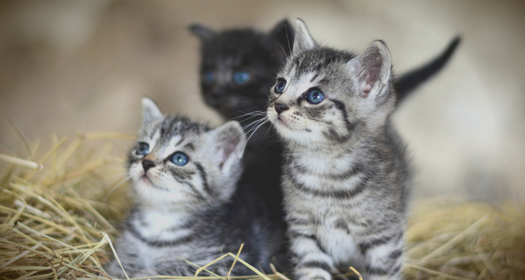

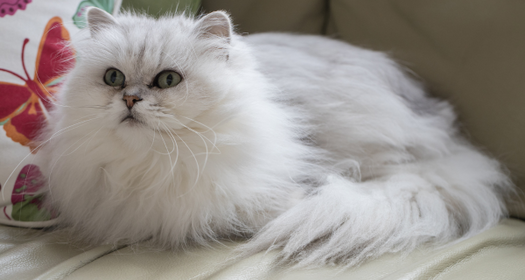
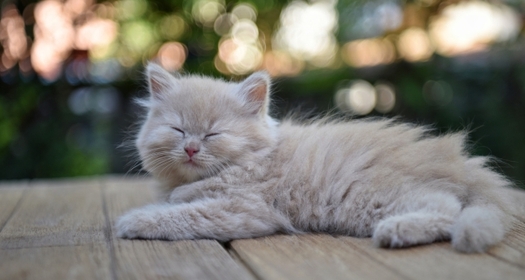
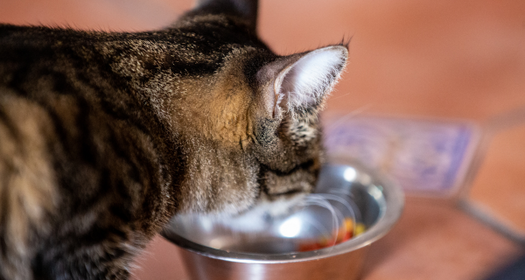



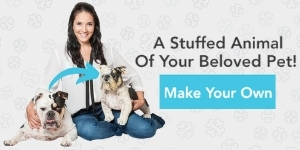
Leave Comment Below